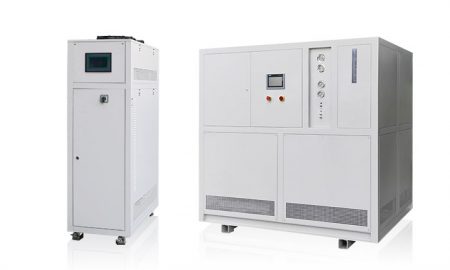Air Tightness Inspection of Refrigeration Equipment
Let the refrigeration equipment be in a proper vacuum condition for a certain period of time, reflect and observe whether the air penetrates into the system from the reading change of the vacuum pressure gauge, so as to check the sealing performance of the system. This test is required for refrigeration systems with evaporative pressure gauges near or below atmospheric pressure.
First: The vacuum leak test method using an external mechanical vacuum pump is generally used for small refrigeration equipment. The specific operation steps are as follows:
(1) Rotate the fine thread plug of the channel for the lower suction cut-off valve counterclockwise, and rotate the suction cut-off valve rod clockwise several times, so that the suction cut-off valve is in a three-way state;
(2) Connect the vacuum pump with the multi-purpose interface on the suction shut-off valve with a soft pipe with a three-way repair valve and a vacuum pressure gauge;
(3) Open all valves in the system (including solenoid valves and manual valves, etc.);
(4) Turn on the power supply of the vacuum pump and vacuum the system until the reading of the vacuum pressure gauge reaches -0.1MPa. After an appropriate time, rotate the suction stop valve stem counterclockwise to exit and tighten it;
(5) Keep it for 18~24h, if the degree of vacuum remains unchanged, it is considered that the vacuum test of the refrigeration system is qualified.
Second: use the compressor in the system to carry out self-evacuation test. For larger refrigeration systems, this method is usually used to carry out vacuum test. The air-tightness inspection of refrigeration equipment uses the compressor in the system to carry out self-evacuation. The specific operation Proceed as follows:
(1) First, turn the exhaust stop valve stem clockwise to the end, so that the system loses the circulation channel at the exhaust port of the compressor.
(2) Rotate the fine thread screw plug of the multi-purpose channel of the lower exhaust stop valve counterclockwise to make the exhaust port communicate with the atmosphere.
(3) Open all valves in the system.
(4) Short-circuit the contacts of the low-voltage relay to temporarily remove the protection function (it must be restored afterwards).
(5) Start the compressor so that the air in the system is discharged into the atmosphere (the suction valve of the compressor should be opened slowly, so as to prevent the gas in the system from being discharged too late, causing the exhaust pressure to be too high and causing high pressure protection, etc.).
(6) Observe the vacuum gauge at the low pressure side until the reading of the vacuum pressure gauge reaches -0.1MPa, and after a suitable time, rotate the exhaust stop valve stem out and tighten it.
(7) Keep it for 18~24h, if the degree of vacuum does not change, it is qualified. The test should pay attention to:
1. When self-evacuating the refrigeration system of the pressure-lubricated compressor, the contacts of the oil pressure relay should be temporarily and forcedly connected;
2. The self-evacuation time should not be too long, otherwise the moving parts of the compressor will be prone to greater wear and metal fatigue if they work at high temperatures for a long time;
3. In the self-pumping vacuum test, connect a hose to the exhaust port, insert the other end of the hose into the oil, and observe the escape of air bubbles on the oil surface. If no bubbles escape for a long time, the vacuum can be stopped. It is qualified if the vacuum degree does not change after 24h. If the bubbles persist for a long time, you can first close the suction valve of the compressor to check whether the compressor itself leaks. If there are no more bubbles in the oil, it means that the compressor itself does not leak, but there are leaks in other parts of the system. If the bubbles are still continuously generated, it means that the shaft seal is not tight.
私たちは、最高級のオンタイムデリバリーをお約束 温度制御機器プロンプトが表示さに裏打ちされ、慎重アフターサービス。 ご相談ください 詳細はこちら!
温度制御範囲:-150℃~+50
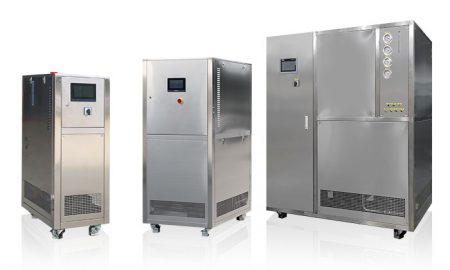
温度制御範囲:-120°C~+350°C
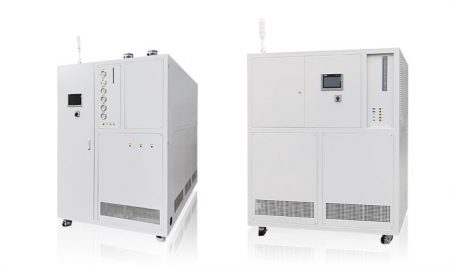
温度制御範囲:-40℃~+100
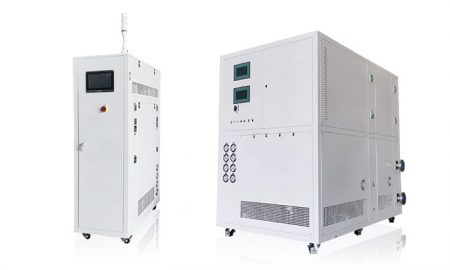
温度制御範囲:-85℃~+250
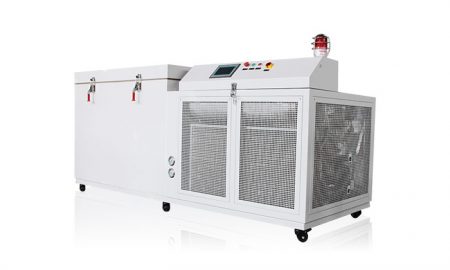
温度制御範囲:-150℃~-10
 LNEYA
LNEYA
 简体中文
简体中文











































































